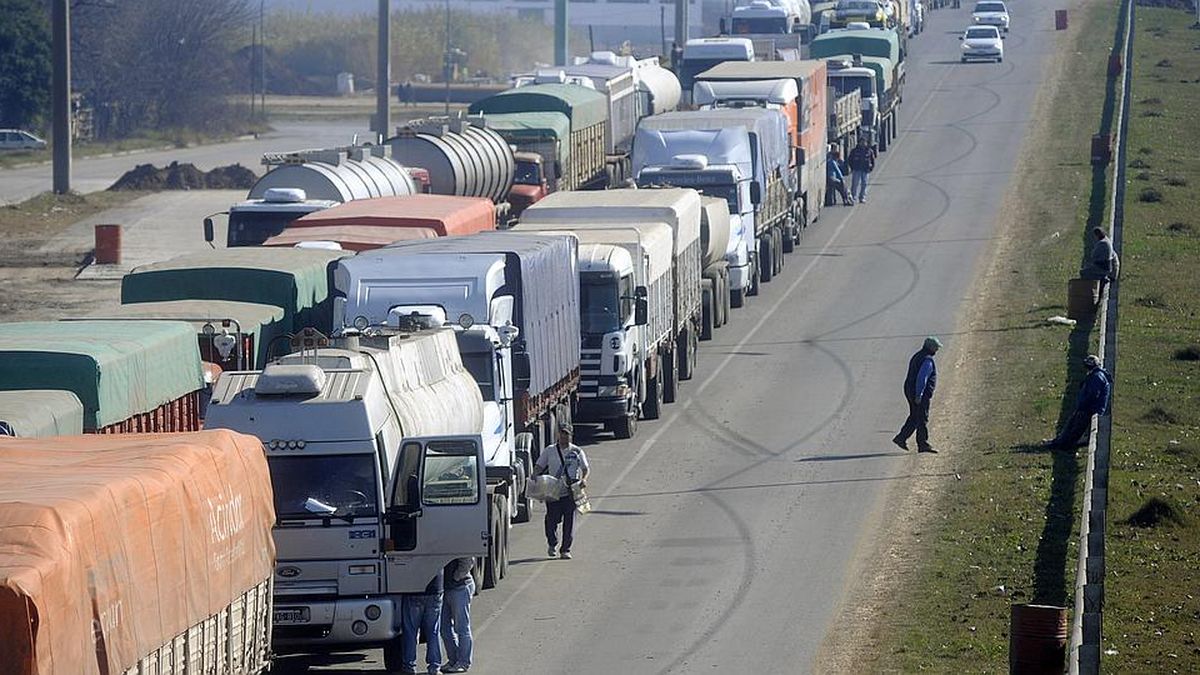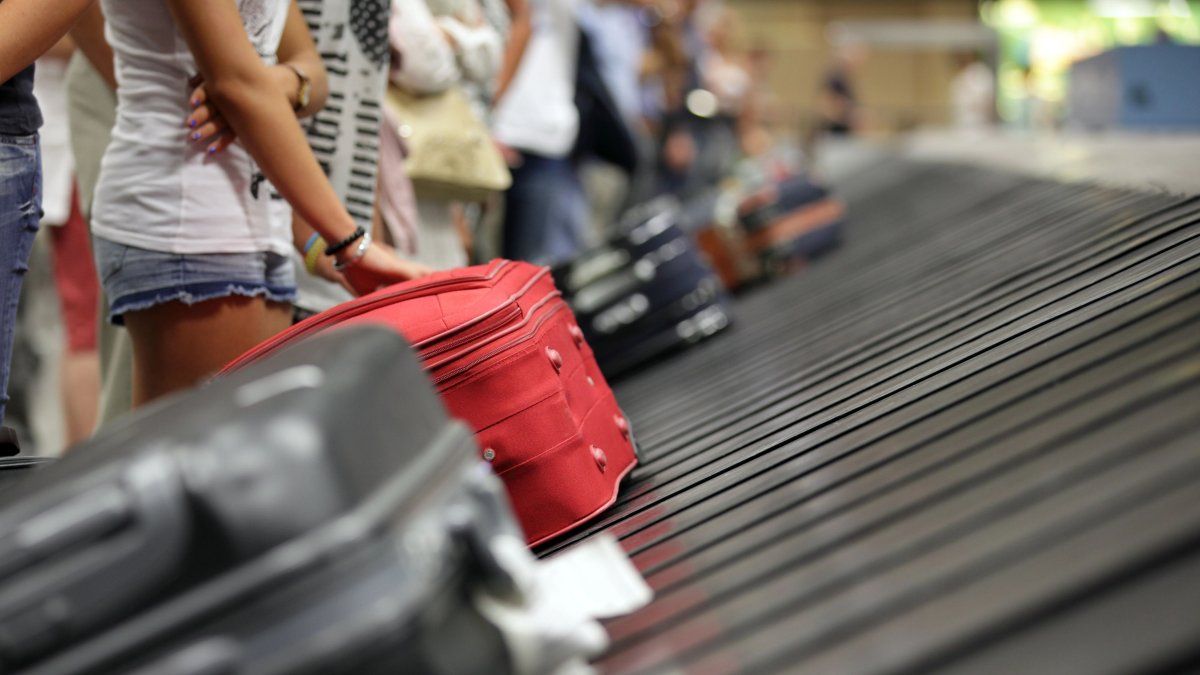From the Government they hope that the supply will be normalized “in 15 or 20 days”. This new term was calculated by the Minister of Transportation, Alexis Guerrera, in radio statements, establishing a term for fuel normalization.
“I understand, from what they explain to me from YPF and from the Secretary of Energythat with the arrival of new ships, having increased what was planned at the beginning of the year, that in the next 15 to 20 days the problem would be solved. The supply of diesel for the work necessary for agribusiness would even be guaranteed,” Guerrera said.
Protest. The carriers remain firm in their claim and request the intervention of the Government. The operation in the ports, very complicated.
Protest. The carriers remain firm in their claim and request the intervention of the Government. The operation in the ports, very complicated.
Grain shortages in ports
The Chamber of Commercial Private Ports (CPPC) requested “the corresponding national and provincial authorities to provide an urgent solution to the blockade carried out by self-organized carriers in different parts of the country, with a special focus on the Puerto Quequén, Gran Rosario, core zone and Bahía Blanca, which impede the normal operation of port terminals.
He detailed in a statement that the cuts make it impossible for other carriers to access to leave their loads at the river stations. “Although there is a substantive proposal whose legitimacy is not questioned, the Chamber proclaims the exhaustion of dialogue before carrying out actions that harm the entire society,” he said.
The note points out that delays in shipments generated “Between 80 and 90 percent fewer trucks in our ports”, therefore, “there are 180 thousand tons of grains without entering the ports and the remaining stock in terminals is coming to an end”, warned the Chamber of the oil industry. And he added: “Consequently, the ports will be out of operation and this will affect both exports and foreign exchange”, a problem that the Central Bank (BCRA).
Since last Tuesday, when the protests began, the number of trucks entering the port area of Gran Rosario fell 77% this Friday and 87% on Thursdaycompared to the previous week.
According to data from the sector, last Friday 733 units entered, when the daily average of the previous week had been 3,173. Of that small sum, 184 were soybeans (-84% compared to the previous week), 380 corn (-74%), and 32 wheat (-81%).
For its part, the company Agroentregas estimated that last Thursday only a total of 686 trucks to the ports of Rosario, which represents just 23% of the 2,879 that had been registered the previous day. They attribute this decrease in the movement of cargo due to strikes by cargo carriers, which shows a high level of compliance.
crop losses
The strike of carriers in Tucumán left around 45,000 workers without activity, andthat 13 sugar mills were paralyzed. The lemon and cereal harvests were also affected, because the trucks cannot reach the silos that are located in eastern Tucuman. Only private cars, buses, ambulances and tank trucks pass through the places of concentration of carriers. Any mobile with charge is stopped.
The protest began in Tucumán on Tuesday and other provinces joined, where there were protests. Claims were seen on routes and centers of Río Negro, Neuquén, Santiago del Estero, Corrientes, Misiones, Entre Ríos, Córdoba, Santa Fe and Buenos Aires, organized by Transportistas Unidos de la Argentina (TUDA), Autoconvocados Unidos, and the Single Union of Port Administration Workers (SUTAP) .
Another case is that of Corrientes, in the so-called Paraná basin, particularly in the department of Bella Vista. Some 4,500 hectares of citrus plantations there saw the harvest affected, as some growers began to discard the fruit. In this area, 90% of the production is lemon and at this time it is harvested for industry.
Fuel supply map: what is the state of play
The “Diesel Supply Map”, created by technicians from the Argentine Federation of Freight Transport Business Entities (FADEEAC), shows that in that period 23 districts registered problems of different magnitude to access diesel. Between June 15 and 25, Tierra del Fuego was the only district in Argentina in which cargo carriers had no problems loading fuel.
To date, with more than 1,200 responses processed, the map shows:
- 16 districts in red: Buenos Aires, CABA, Entre Ríos, Corrientes, Misiones, Santa Fe, Córdoba, Tucumán, Salta, Jujuy, Chaco, Formosa, San Juan, Mendoza, La Rioja and La Pampa.
- 4 provinces in orange (Identifies the districts in which the average supply is 20 liters per unit): San Luis, Catamarca, Santiago del Estero, and Santa Cruz.
- 2 provinces in yellow (to refer to the places where between 51 and 100 liters are loaded): Neuquén and Río Negro.
- 2 provinces in green: Tierra del Fuego (where there were no supply problems or loading quotas), and Chubut (loading quotas of between 51 and 100 liters per unit were verified).
fuel shortage map 27 06 2022.jpg

Source: Ambito
David William is a talented author who has made a name for himself in the world of writing. He is a professional author who writes on a wide range of topics, from general interest to opinion news. David is currently working as a writer at 24 hours worlds where he brings his unique perspective and in-depth research to his articles, making them both informative and engaging.




